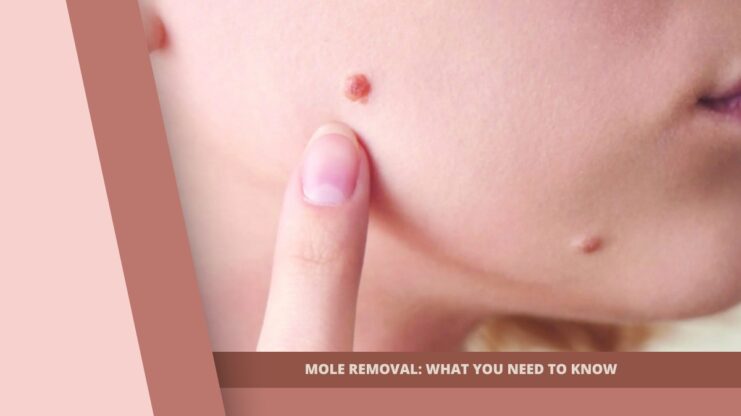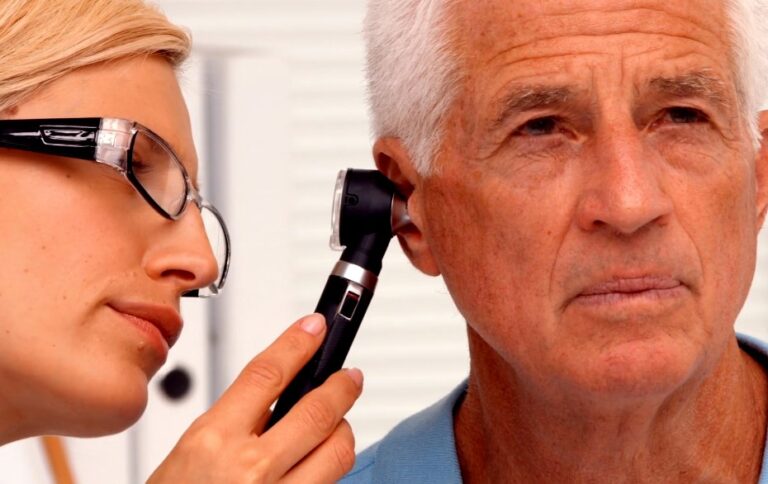As a child, I was fascinated by the constellations of stars scattered across the night sky. I would spend hours gazing upwards, tracing the patterns and dreaming of distant galaxies. As I grew older, I realized that my own body held a similar map – a unique constellation of moles. Each one, a tiny mark of individuality, a small part of what makes me, me.
But what happens when one of these celestial markers starts to change or becomes a cause for concern? That’s when the journey of mole removal begins. In this blog post, I’ll share my personal experience and guide you through the process of mole removal, dispelling myths, easing concerns, and illuminating the path towards understanding and action.
What Causes Moles?
Moles, those small, dark patches on our skin, are a common sight on human bodies. But have you ever wondered what causes them? The formation of moles is primarily influenced by two main factors: genetics and sun exposure.
Genetics play a significant role in determining the number of moles a person has. If your parents or grandparents have a lot of moles, there’s a good chance you’ll also have many. This is because the genes that influence the development of moles are passed down from generation to generation.
However, genetics isn’t the only factor at play. Sun exposure also significantly contributes to mole formation. Ultraviolet (UV) radiation from the sun can cause skin cells to grow in clusters instead of being spread out evenly across the skin. These clusters of skin cells become what we know as moles. This is why people who spend a lot of time in the sun, especially without proper sun protection, tend to have more moles.
The Significance of Having a Large Number of Moles
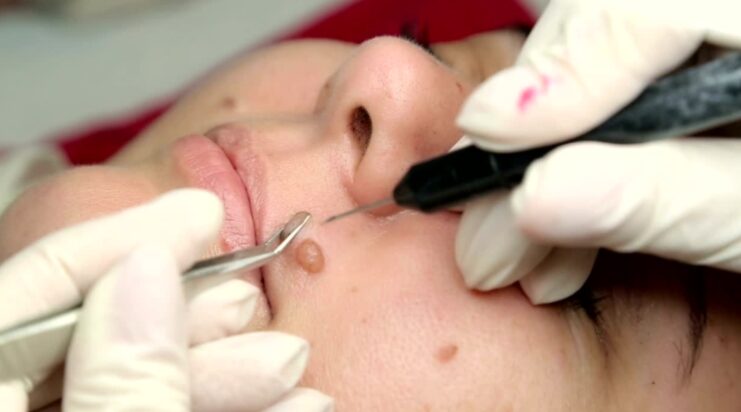
While having a few moles is perfectly normal, having a large number of moles can be a cause for concern. Individuals with more than 100 moles on their body are considered to have a higher risk of developing Melanoma, a serious form of skin cancer.
The reason for this increased risk is that each mole on your body represents a cluster of cells that could potentially mutate into cancer cells. Therefore, the more moles you have, the more opportunities there are for these mutations to occur.
However, it’s important to remember that having a large number of moles doesn’t guarantee that you’ll develop Melanoma. It simply means that you’re at a higher risk, and therefore, should take extra precautions to protect your skin and monitor your moles.
How do I tell a mole from a melanoma?
Melanomas distinguish themselves from moles by changing. The changes happen over months as opposed to over days.
The ABCDE rule can help you remember what to look for when you’re checking any moles on your skin:
A for asymmetry: A mole that, when divided in half, doesn’t look the same on both sides
B for border: A mole with edges that are blurry or jagged
C for color: A mole that changes color rapidly, or has various shades of color.
D for diameter: A mole larger than 1/4 inch in diameter (about the size of a pencil eraser)
E for elevation: A mole that is raised above the skin and has a rough surface
How can I prevent myself from getting melanomas?

Sun protection is key to protecting yourself against melanomas.
- Avoid going out into the sun between 10 am and 4 pm
- Put on Sunscreen.
- Wear a wide brim hat, sunglasses and protective clothing.
- Do not go to tanning studios.
Moles can appear anywhere!
Can moles be removed?
Absolutely, moles can indeed be removed. There are a couple of common methods used by dermatologists to remove moles, namely Radiofrequency Ablation and Surgical Excision.
Radiofrequency Ablation is a non-surgical procedure that uses radio waves to generate heat. The heat is then used to remove the mole. This method is typically used for smaller moles and has the advantage of minimal scarring and a quicker healing time compared to surgical methods.
On the other hand, Surgical Excision is a more traditional method where the mole is cut out along with a surrounding margin of the skin using a scalpel or a similar surgical tool. This method is typically used for larger moles or moles that need to be examined for cancer cells. The wound is then closed with stitches. While this method may leave a small scar, it is highly effective in completely removing the mole.
Are there any special preparations necessary before a mole removal?
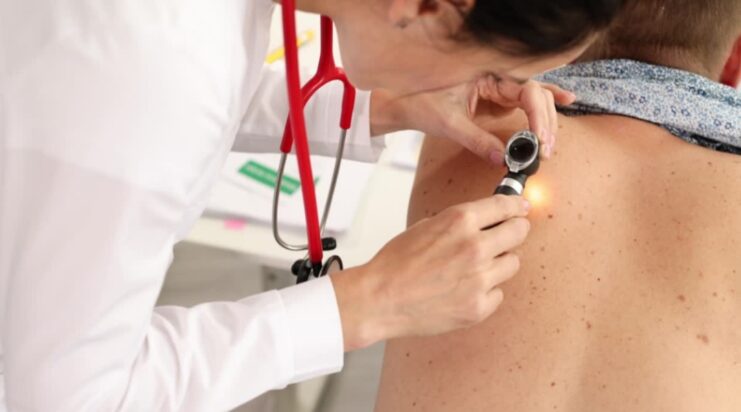
Generally, no special preparations are necessary before a mole removal. The procedure is relatively quick and can be done during the same office visit in which the mole is examined. It usually takes only about 10 minutes to perform.
Before the procedure, your dermatologist will clean the area and may use a local anesthetic to numb the skin. You should inform your dermatologist of any allergies or medical conditions you have, as well as any medications you’re taking.
While no special preparations are needed, it’s important to have a good understanding of the procedure and post-procedure care. Your dermatologist will provide you with all the necessary information and answer any questions you may have. This will ensure you’re well-prepared and comfortable going into the procedure.
What can I expect after the procedure?
A scab will form over the area from which the mole was removed. The scab will fall off after about 2 weeks. Meanwhile, you are advised to stay out of the sun. You should also wash the wound gently daily with water and apply an antiseptic cream that we will provide.
If you needed stitches, you will be required to return to the clinic in about 2 weeks to remove the stitches.
Will there be a scar?
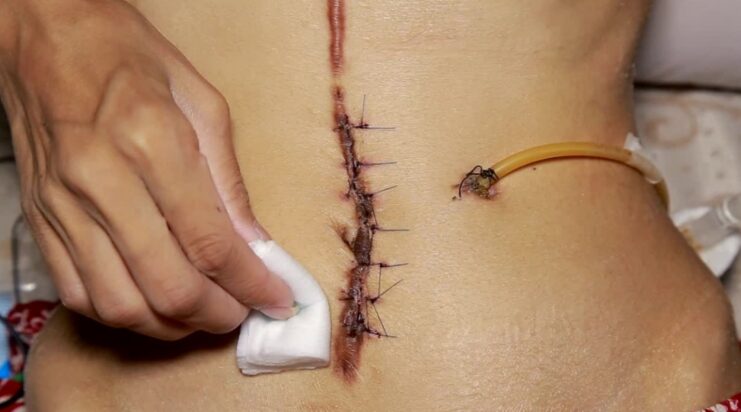
Depending on the procedure performed and the depth of the mole, there may be a faint scar. If the mole has very deep roots, we can minimize the scarring by removing the mole over 2 sessions about 6 weeks apart.
Minimizing Scarring: The Two-Session Approach to Mole Removal
When it comes to mole removal, one of the primary concerns for many individuals is the potential for scarring. While any surgical procedure carries the risk of leaving a scar, there are methods to minimize this risk and ensure a more aesthetically pleasing result. One such method is the two-session approach to mole removal.
The two-session approach is particularly beneficial when dealing with moles that have deep roots. In traditional mole removal procedures, the entire mole, including its deep roots, is removed in one session. This can sometimes result in a larger wound and subsequently a more noticeable scar.
In contrast, the two-session approach is a more gradual process. In the first session, only the upper part of the mole is removed. This allows the deeper part of the mole to move toward the surface of the skin over time. After about six weeks, a second session is conducted to remove the rest of the mole, which is now closer to the skin’s surface.
This method has several advantages. Firstly, it allows for a more controlled and precise removal of the mole. Secondly, because the mole is removed in stages, the wound from the removal is typically smaller, which can lead to a less noticeable scar.

